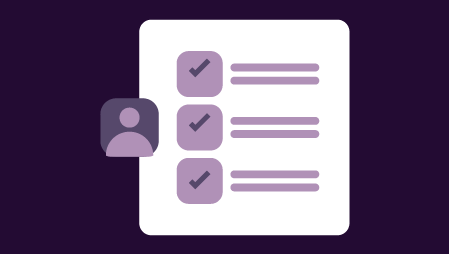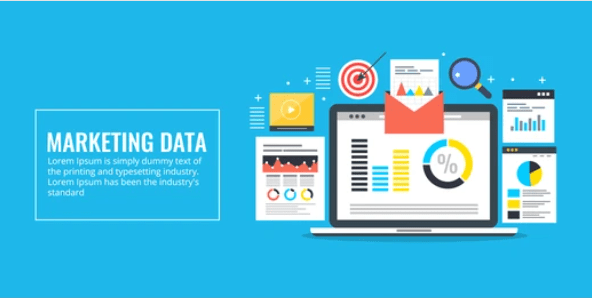Ready to learn Marketing & Customer Analytics Training? Browse courses like Increase Cross Selling and Upselling of Products and Services developed by industry thought leaders and Experfy in Harvard Innovation Lab.
A lot has happened in the sales tech space since I introduced my first sales tech landscape last summer.
I’m now counting over 830 vendors, a 15% surge. The 38 categories illustrate the extreme fragmentation of the market. Both sales and sales operations are sharing an increased frustration with the number of applications they have in their stack.
We have seen signs of consolidation with, for example, SAP acquiring Callidus Software or the exits of several Predictive Analytics providers. But these moves remain largely offset by new entrants. We are still in the first innings of this market. Innovations and new approaches continue to appear.
There are many changes to discuss in this fifth edition. Account-based approaches and Artificial Intelligence (AI) are penetrating all categories. Many articles have been written about these two topics and today. I would like to discuss three other trends:
1) Sales Intelligence
2) Sales Engagement
3) Sales Analytics
Turmoil in the Sales Intelligence Space
The major change of this landscape iteration is the restructuring of the Sales Intelligence layer. I originally tried to differentiate providers based how they collect data, build lists or crawl the web.
Today, all vendors are using both methods. Furthermore, they are buying data from each other. The two changes have democratized the assembly of datasets. Thus, the number of providersjumped from 150 to 230!
Preening the Sales Intelligence Layer
The new layer features list providers regardless of their data collection method. I further differentiated vendors offering data augmentation services for companies or people. Also, I tried to carve out original providers of financial information, technographics, and contact data. Eventually, I added call and web intelligence solutions, growingly used in sales organizations.
So, how to deal with this complexity? Besides helping understand how the category shapes up, I can offer the following steps for your vendor selection. Keep in mind this explosion of players brought a lot of variability in data quality. Also, it’s likely that you end up using several providers.
Sales Intelligence: 4 Steps to Pick Vendors
1) Find matching target segments
Start by choosing a list provider “of record” for your target segments. Early-stage companies might find enough prospects with a web and social prospecting solution. This is usually cheaper. For most, you need to pick the best vendor(s) covering your target segment (s).
Coverage and taxonomy are crucial. Many businesses need to sharpen their segmentation and depend on granular industry definitions.
2) Drill down on data assessment
Then dig down into their data selection, aggregation, and cleansing methods. You want to understand where the data is coming from and how it is processed and maintained. You can assess the data by testing two samples. One matching data you already have and trust to evaluate its quality.
The second for data you don’t have to assess the potential addition. This evaluation will not prevent you from having to try the solution to confirm its value.
3) Evaluate data augmentation/enrichment
Eventually, decide if you can or should enrich the data. You should select data augmentation vendors based on the specific data elements you might miss or want to double-source. It should leverage the understanding of how your vendors of reference are building there datasets. Larger companies might consider using a data consolidation and cleansing platform.
4) Follow an iterative approach to optimize your sales stack
I’m a proponent of managing your providers using a portfolio approach. Decide on many vendors you need and can manage. Evaluate from time to time new options. Replace incumbents, if you find a better alternative. The General Data Protection Regulation (GDPR)and the IDC prediction that, by 2019, the available inventory in marketing databases will shrink by 40% have made data an issue no organization can ignore!
The Rise of Sales Engagement
Sales Engagement is emerging as a category. Its definition remains fluid, mostly shaped up by the feature sets of Salesloft and Outreach’s—its two early leaders.
While the category name suggests solutions able to manage all sales communications, they remain email-centric. Many vendors offer the ability to call prospects but dialers are usually purchased independently. Also, inbound and outbound activities are often handled separately.
We need to simplify the sales rep working environment
The tools fragmentation across channels and the number—120—of email and dialer vendors puzzle me. It can be explained by the specialization of sales reps and the desire to get best of breed applications.
However, it makes the workflow of sales reps challenging, sometimes offsetting the benefits of using technology. I’m hearing more complaints about the number of tools and applications to juggle.
Moreover, companies adopting an account-based strategy need to coordinate their prospecting effort across each company. I will discuss orchestration gaps across touches, accounts, and activities in a future article.
The category is still in its early stages. New models are appearing. Cliently, Growbots, Growlabs, ZenProspect and to some extent Nudge Software are now combining prospect sourcing and reach out. Drift is reinventing proactive engagement by combining chat, visitor intelligence, appointment setting, and email follow up in a streamlined experience.
A New Breed of Sales Analytics
The plethora of applications is making the instrumentation of sales stacks much more challenging. Each solution comes with its own set of analytics. Many organizations are trying to log the sales activities into Salesforce or their CRM to consolidate reporting. This approach has shortcomings though—also paving the way for two new types of solutions.
Tools for insights from sales conversations and activities
AI is enabling call recording and transcription at scale and with precision. Additional analytics can be layered on top of these conversation details to give unique feedback on sales interactions. Chorus.ai and Gong.io are spearheading a new Conversation Intelligence category. Gong.io’s recent acquisition of Ondigo shows an appetite for broadening data sources and provide deeper insights.
Companies such as Clari, Collective[i], People.ai, SalesDirector.ai, and TopOPPS are leveraging AI differently. They use it to gather not only transactional data from systems but also unstructured data from emails and calendars. They can then build a holistic view of opportunities and account pursuits and provide enhanced forecasting and pipeline analytics.
3 Ways to Use the Sales Technology Landscape
>
I’m a big believer in being able to visualize things to make sense of complexity. I enjoy discovering Martech stacks. I created a blueprint many years ago and kept on honing it to map players and apprehend new options.
It’s time to manage the sales stack as a portfolio of systems of record and systems of innovation.
- Use the blueprint to build a global view of your applications.
- Identify the functions that are foundational. Try to streamline these elements to simplify your reps’ workflow and your pipeline instrumentation.
- Explore innovations and additions based on your sales process. Harness technology to either address remaining gaps or find new ways to optimize critical steps.



